AI News
Category Added in a WPeMatico Campaign
-
China’s Vidu Challenges Sora with High-Definition 16-Second AI Video Clips in 1080p
The 2024 Zhongguancun Forum in Beijing saw the introduction of Vidu, an advanced AI model that can generate 16-second 1080p video clips with a simple prompt. Developed by ShengShu-AI and Tsinghua University, Vidu is set to compete with OpenAI’s Sora, marking a significant milestone for China’s generative AI capabilities and ambition to lead in emerging technologies. Vidu’s primary technology is the Universal Vision…
-
Microsoft’s GeckOpt Optimizes Large Language Models: Enhancing Computational Efficiency with Intent-Based Tool Selection in Machine Learning Systems
Large language models (LLMs) are the backbone of numerous computational platforms, driving innovations that impact a broad spectrum of technological applications. These models are pivotal in processing and interpreting vast amounts of data, yet they are often hindered by high operational costs and inefficiencies related to system tool utilization. Optimizing LLM performance without prohibitive computational…
-
How Scientific Machine Learning is Revolutionizing Research and Discovery
Scientific Machine Learning (SciML) is an innovative field at the crossroads of ML, data science, and computational modeling. This emerging discipline utilizes powerful algorithms to propel discoveries across various scientific domains, including biology, physics, and environmental sciences. Image Source Expanding the Horizons of Research Accelerated Discovery and Innovation SciML allows for the quick processing and…
-
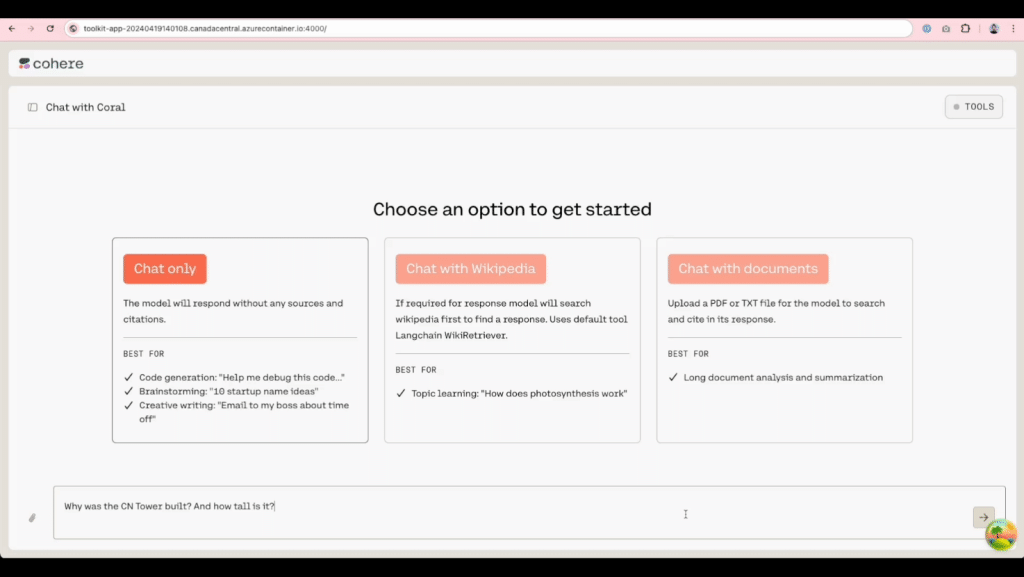
Cohere AI Open-Sources ‘Cohere Toolkit’: A Major Accelerant for Getting LLMs into Production within an Enterprise
Cohere AI has made a major advancement in the field of Artificial Intelligence (AI) development by releasing the Cohere Toolkit, a comprehensive open-source repository designed to accelerate the development of AI applications. Cohere, which is a leading enterprise AI platform, has released the toolkit with future extensions to incorporate new platforms. This toolkit enables developers…
-
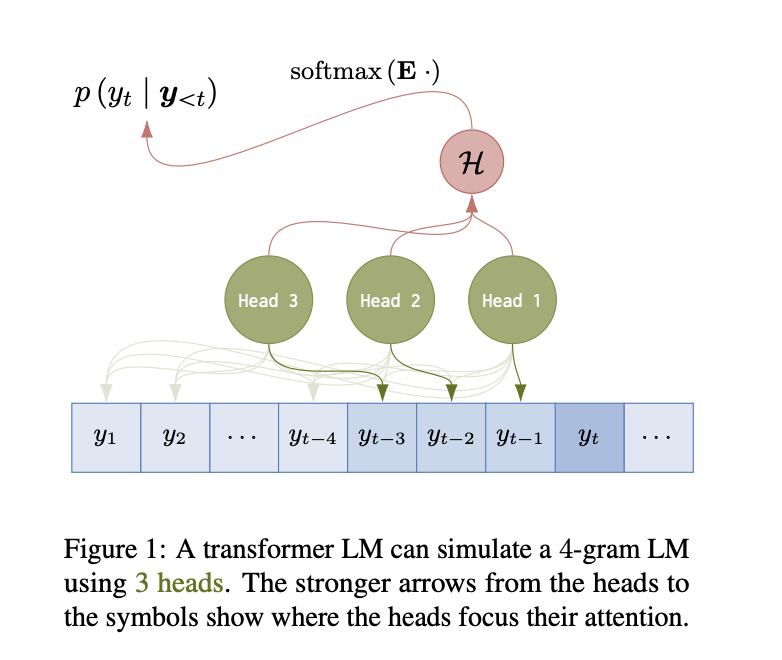
The Representative Capacity of Transformer Language Models LMs with n-gram Language Models LMs: Capturing the Parallelizable Nature of n-gram LMs
Neural language models (LMs) have become popular due to their extensive theoretical work mostly focusing on representational capacity. An earlier study of representational capacity using Boolean sequential models helps in a proper understanding of its lower and upper bound and the potential of the transformer architecture. LMs have become the backbone of many NLP tasks,…
-
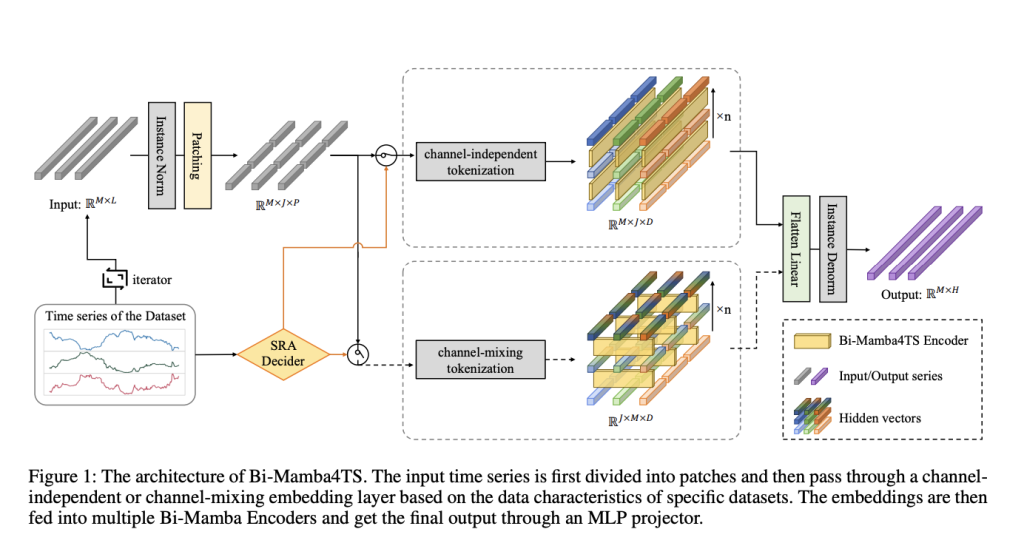
Advancing Time Series Forecasting: The Impact of Bi-Mamba4TS’s Bidirectional State Space Modeling on Long-Term Predictive Accuracy
Time series forecasting is increasingly vital across numerous sectors, such as meteorology, finance, and energy management. Its relevance has grown as organizations aim to predict future trends and patterns more accurately. This type of forecasting is instrumental in enhancing decision-making processes and optimizing resource allocation over long periods. However, making accurate long-term forecasts is complex…
-
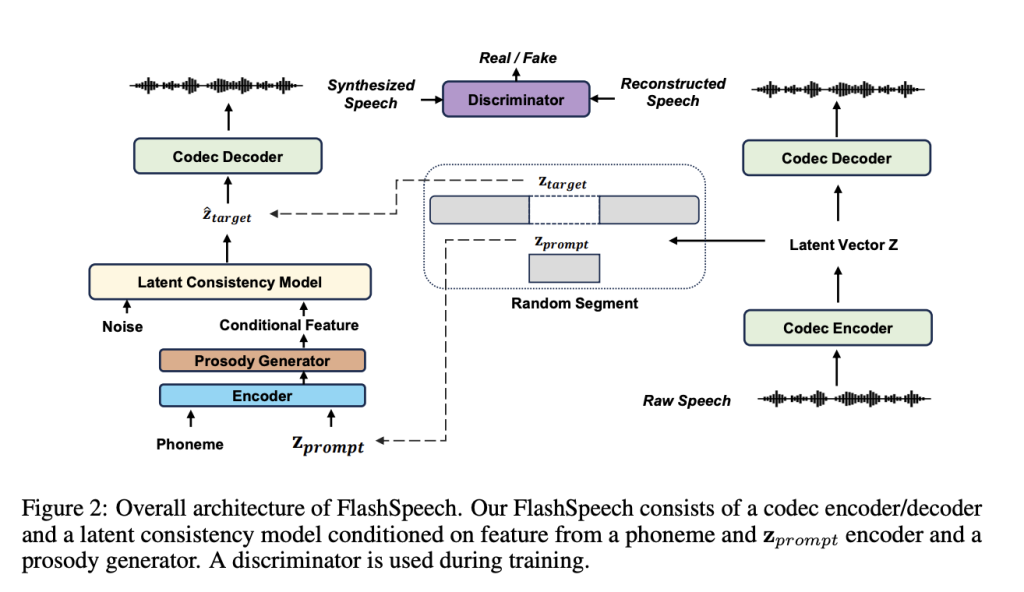
FlashSpeech: A Novel Speech Generation System that Significantly Reduces Computational Costs while Maintaining High-Quality Speech Output
In recent years, speech synthesis has undergone a profound transformation thanks to the emergence of large-scale generative models. This evolution has led to significant strides in zero-shot speech synthesis systems, including text-to-speech (TTS), voice conversion (VC), and editing. These systems aim to generate speech by incorporating unseen speaker characteristics from a reference audio segment during…
-
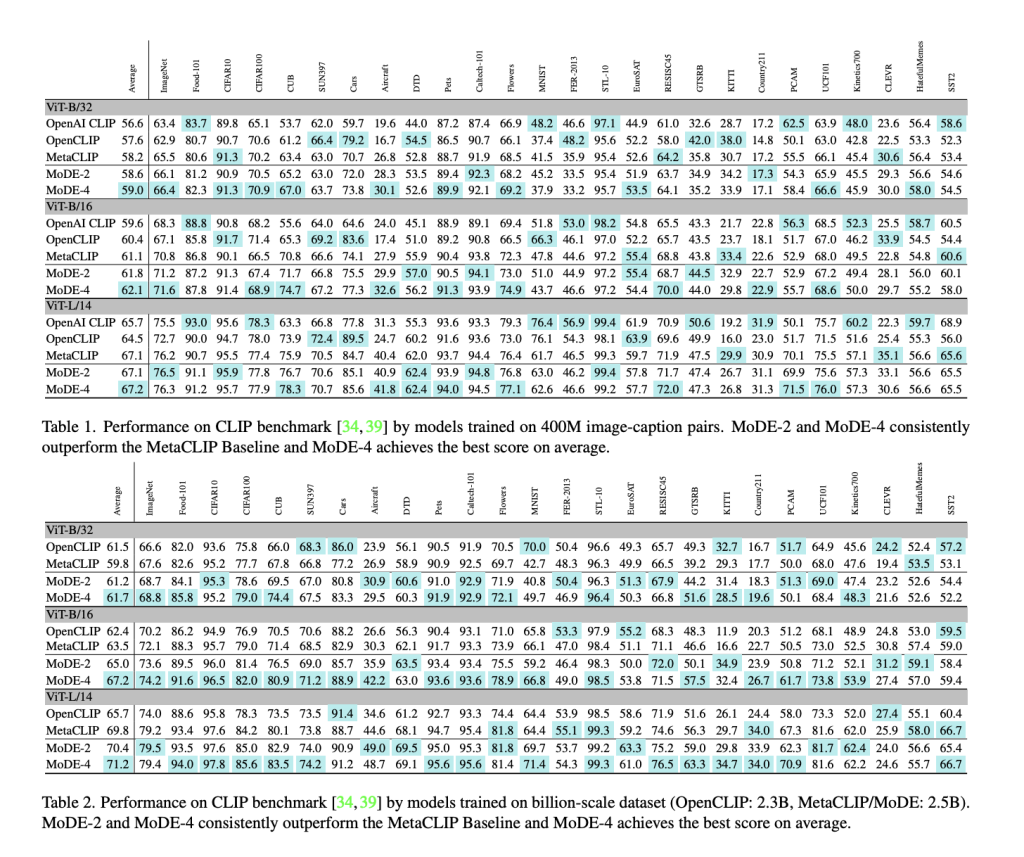
Mixture of Data Experts (MoDE) Transforms Vision-Language Models: Enhancing Accuracy and Efficiency through Specialized Data Experts in Noisy Environments
The interdisciplinary domain of vision-language representation seeks innovative methods to develop systems to understand the nuanced interactions between text and images. This area is pivotal as it enables machines to process and interpret the vast amount of digitally available visual and textual content. Despite significant advances, the challenge persists primarily due to the noisy data…
-
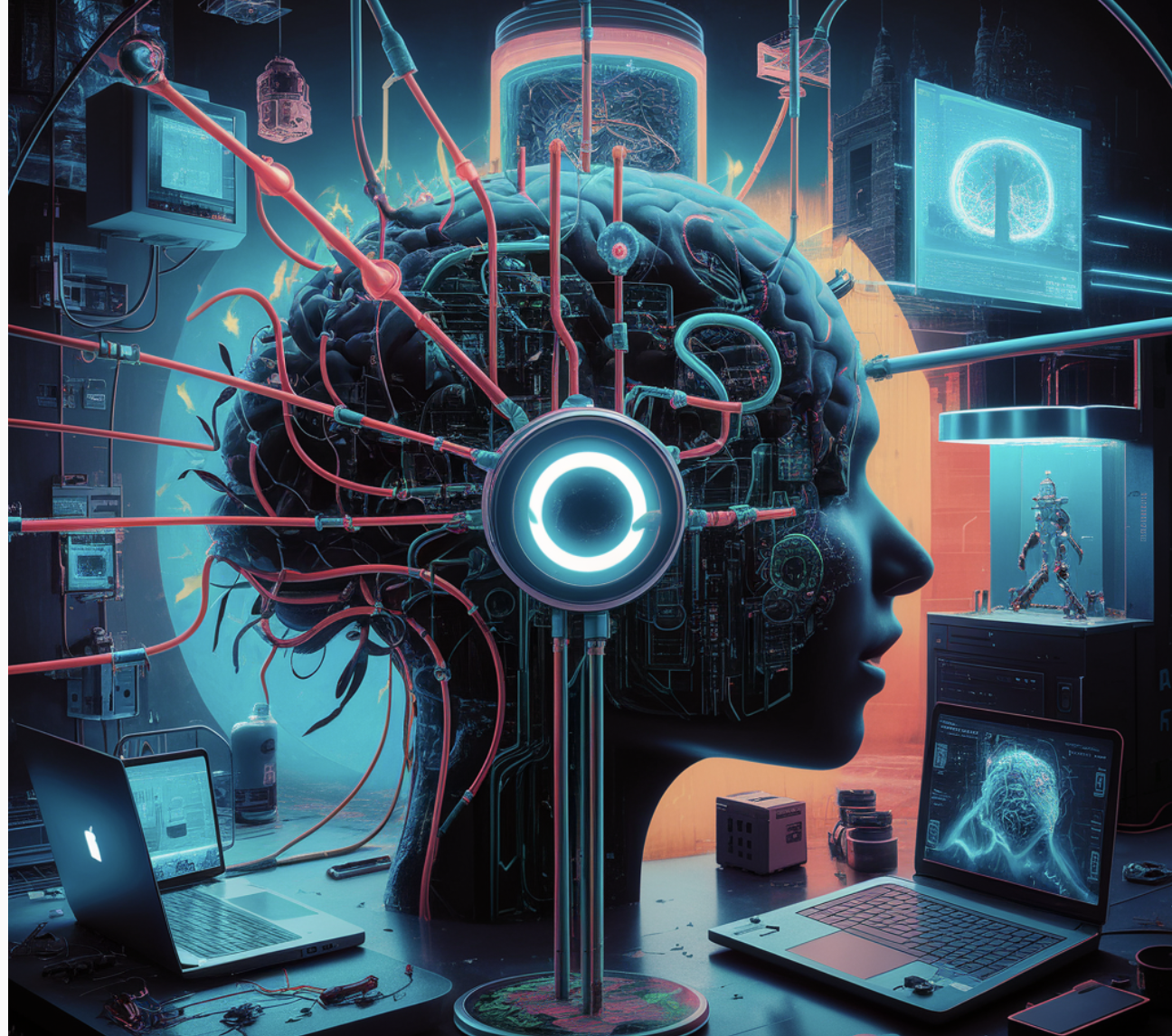
Neuromorphic Computing: Algorithms, Use Cases and Applications
Neuromorphic computing represents a transformative approach to artificial intelligence, seeking to emulate the human brain’s neural structures and processing methods. This computing paradigm offers significant advancements in efficiency and performance for specific tasks, including those requiring real-time processing and low power consumption. Here, we explore the algorithms that drive neuromorphic computing, its potential use cases,…
-

SEED-X: A Unified and Versatile Foundation Model that can Model Multi-Granularity Visual Semantics for Comprehension and Generation Tasks
In artificial intelligence, a significant focus has been on developing models that simultaneously process and interpret multiple forms of data. These multimodal models are designed to analyze and synthesize information from various sources, such as text, images, and audio, mimicking human sensory and cognitive processes. The main challenge in this field is developing systems that…